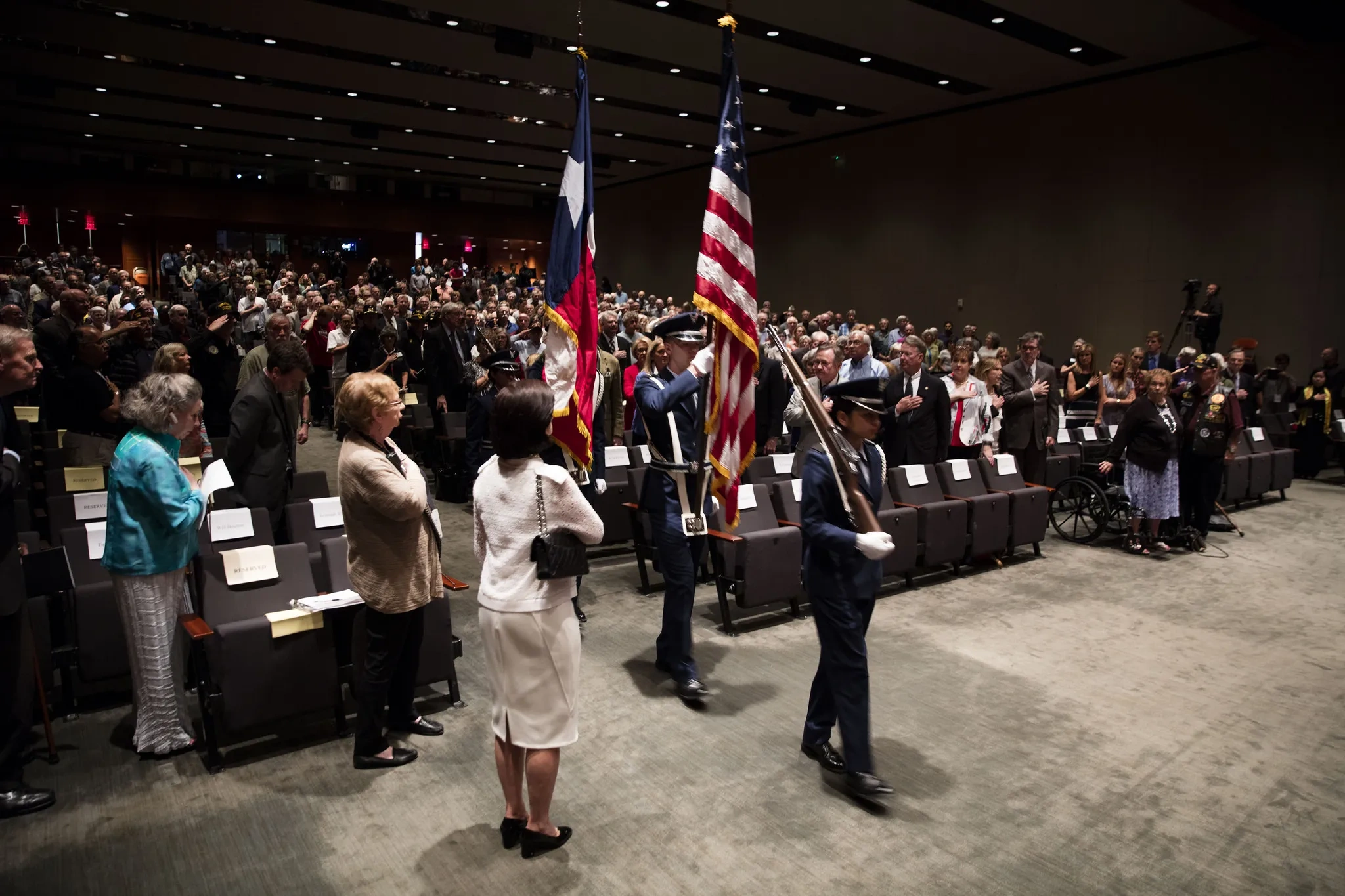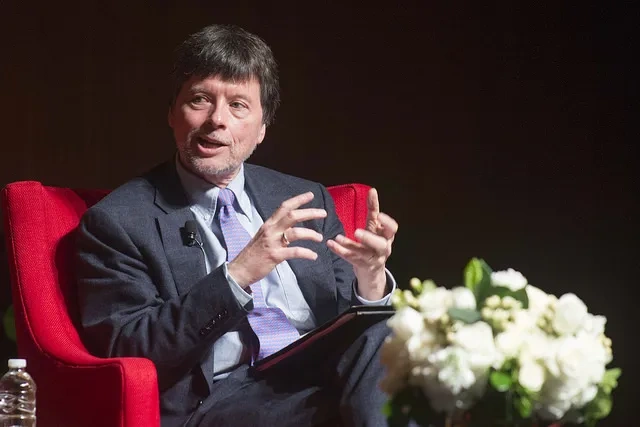Lessons Learned at the Vietnam Summit: Day 2

Two years ago, the Lyndon B. Johnson Presidential Library celebrated the 50th anniversary of the advancements in civil rights accomplished by President Johnson and his administration. This week, the library is hosting the first-ever three-day Vietnam War Summit. With the help of more than 60 speakers, the summit aims to examine Johnson’s role in American foreign policy during the controversial and violent war.
“Our goal is to shed new light on its lessons and legacy, and it is also our intent to recognize the courage and sacrifice of the men and women who served in Vietnam,” said LBJ Library Director Mark Updegrove.
Below are a few highlights from the second day. (Highlights from day one here.)

The Civil Rights Movement fed deeply into the anti-Vietnam War movement. With more student strikes than any other era, proponents of the anti-war movement organized countless sit-ins, strikes, and moratoriums. These were tactics developed long ago during the Labor Movement of the 1800s and used from then on. But when McCarthyism took over during the '50s and anyone who protested was labeled "communist," social movements were null. Then, the Civil Rights Movement began igniting people across the country.
"It was an easy recognition that the patriotic meta-narrative we all learned in school was inaccurate at the very least," said Marilyn Young, a New York University history professor. "What it brought in terms of understanding and rewriting U.S. history led directly in the anti-war movement. Then beginning in '63 and building steadily, that anti-war movement took over."
The anti-Vietnam War movement bears similarities to today’s social movements—though the panelists don’t think the new generation necessarily connects the two. Referring to current movements like #BlackLivesMatter and Occupy Wall Street, Washington Post journalist David Maraniss said people today are motivated by the same realizations as the anti-war groups: they saw a disparity between the promise and the reality of America.
“I think a lot of it has to do with disparities in income and race that are still evident from the time of earlier movements,” he said. “But I’m not sure all the people in these movements today are still connected to that. I think they’re motivated by what’s in front of them.”
The government deceived the public and concealed bad news during Vietnam.

While major news sources were doing their best to get information about the war out to the public, the government was trying its best to keep control. Both former combat journalist Peter Arnett and former CBS news anchor Dan Rather remember how their experiences in Vietnam didn't match up with reports back home. Arnett said the policies of presidents Kennedy, Johnson, and Nixon involving Vietnam were carefully concealed to maintain deception.
"The media policies of all three presidents attempted heavy-handed manipulation and intimidation of reporters in the field and their superiors back home," Arnett said. "The objective was to proceed with action in Vietnam that if publicly debated would meet resistance at home and concern abroad."

It’s important to understand the Vietnamese perspective. Today, the people of Vietnam have a different name for the war—they call it the American War. Filmmakers Ken Burns and Lynn Novick have been working on a PBS documentary called The Vietnam War that not only documents American stories, but also Vietnamese experiences. What they’ve learned is that the war’s lasting effects are as prevalent in Vietnam as they are in the U.S.
“By unpacking the war in a different way,” Burns said, “maybe we can engage in the thing we’re having such a hard time recovering from.”
The Vietnam War is still a raw subject in American culture. And that’s for many reasons. The war was one of the most violent in American history and is still a major point of contention nearly 50 years later. Novick suggested a couple of her own ideas why, saying that those who still remember the war were at an age when emotions are heightened and visceral.
“It’s also tough because the war potentially reveals something about ourselves and the American culture,” she said. “We couldn’t live up to our ideals.”
Photos from top:
Air Force ROTC Detachment 825 from the University of Texas at Austin presents the Colors.
Marilyn Young, New York University history professor, discusses how the Vietnam War divided the nation and shaped American culture.
Pulitzer Prize-winning journalist Peter Arnett, right, and former CBS News anchor Dan Rather, left, discuss the crucial role of the media in shaping perceptions of the Vietnam War.
Documentary filmmaker Ken Burns discusses his upcoming PBS series, The Vietnam War, which is scheduled to air in 2017.






